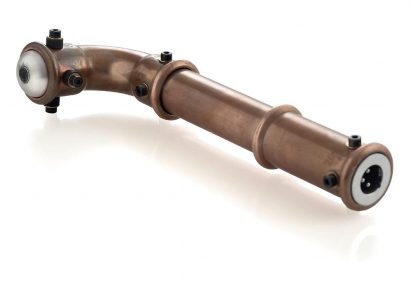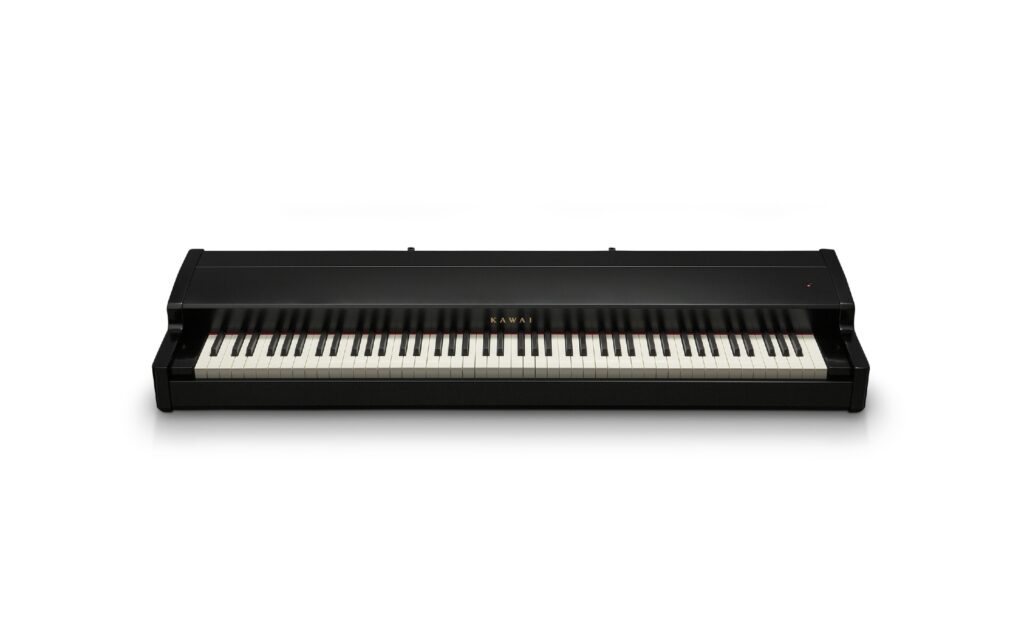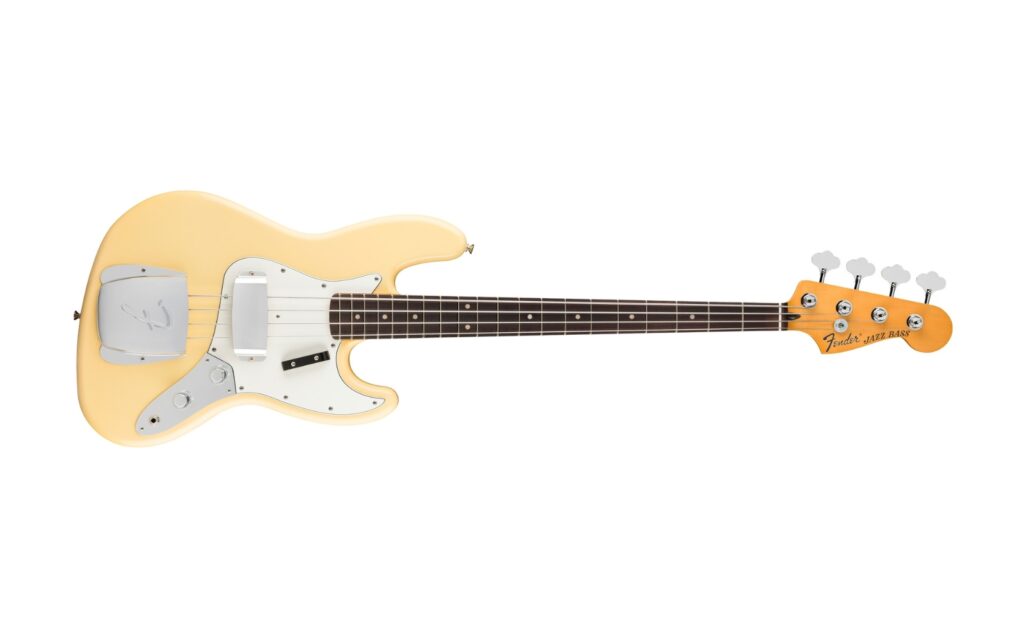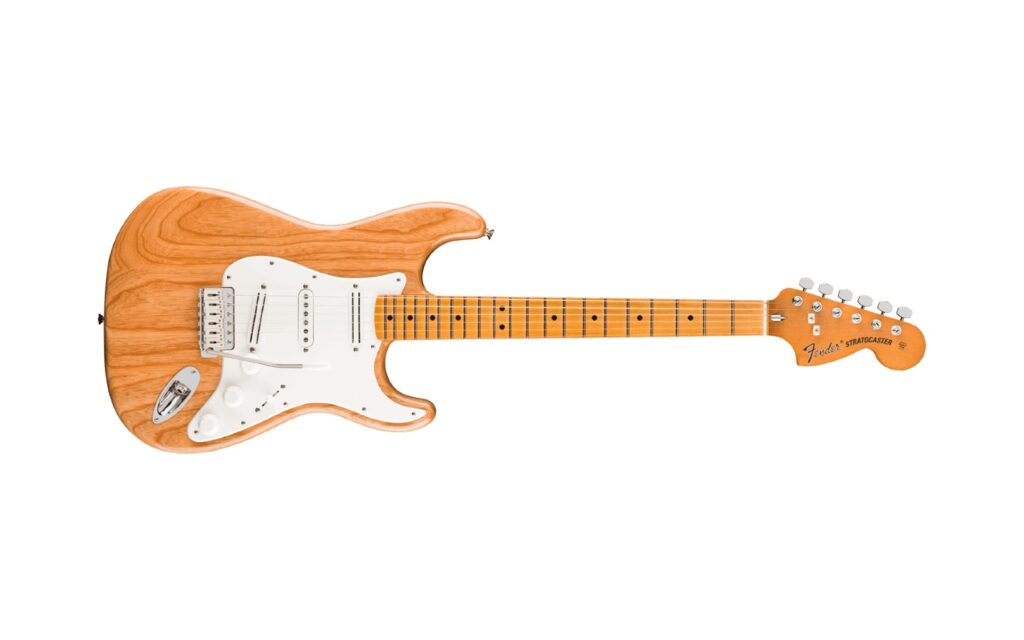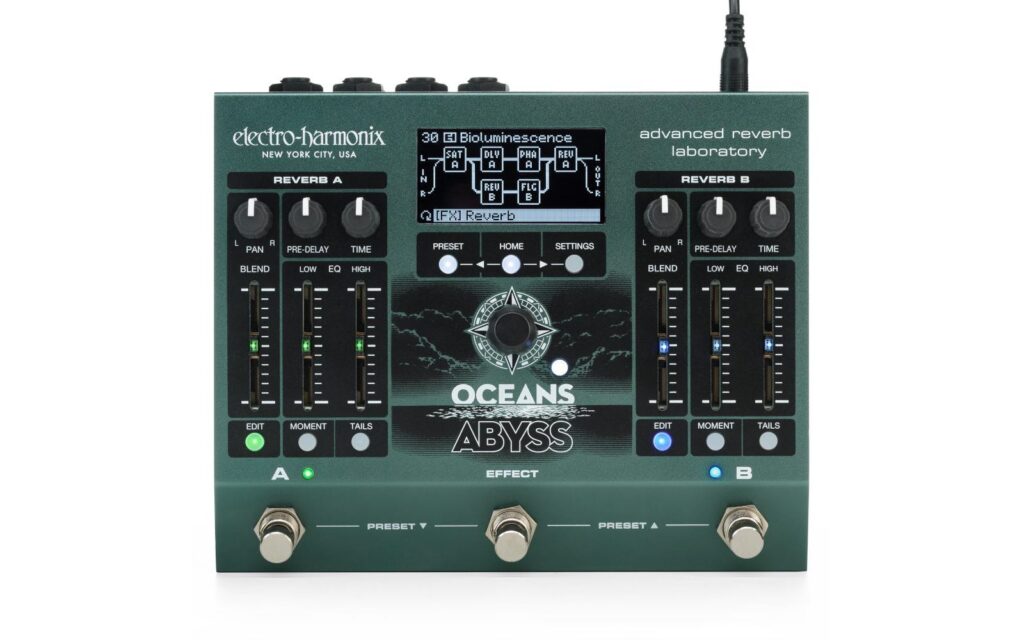Cole Clark | RRP AU$999
Rupert Neve tells a great story about installing one of his legendary recording consoles with equally legendary Beatles’ engineer Geoff Emerick. Emerick could hear a fault somewhere, or rather sense a fault because it was at a frequency well beyond human hearing. After several hours of listening Neve could sense it too. Turns out three of the channels on a 48-channel desk had a slight decibel boost at 54kHz having been wrongly configured in the factory.
Catch up on all the latest music gear reviews here.
This anecdote, in Neve’s Preface to William Moylan’s classic, ‘The Art of Recording‘, reveals something to me about digital and analogue. CDs, as we know, have a lot of information missing, information supposedly beyond human hearing removed to pack more music onto a disc, in pristine digital sound. The LP record – more in demand now than since the CD became the standard – has more warmth and presence, but lacks the highs and lows a recording made for the digital format offers.
The criticism of the ‘coldness’ of CDs is relatable to the information missing that we can’t ‘hear’ but a trained listener can sense. Most of us musicians don’t listen with the training and experience of an Emerick or Neve, but we are trained listeners or we couldn’t be musicians as sound is our lifeblood. It’s also why, despite cunning digital modelling devices, valve amps remain the standard.
Echo (and reverb) is still one of the crucial elements in outlining an aural landscape in recordings, from the prairie to outer space (and, less literally, inwards into emotional auralscapes).
The famous analogue tape echo machines of old (or metal disc in the case of the Binson Echorec), such as the Roland Space Echo, the Watkins Copicat, and the Maestro Echoplex, were limited in their functions and somewhat unreliable, despite the distinctive, defining sounds they produced. Current, high-end digital stomps offer incredible flexibility and resources unthought of in the tape era.
It’s those very limitations of tape, however, that musicians seem to want and a large number of the digital pedals on the market call themselves “tape echo” machines. ‘Tape saturation, worn or new tape, fluttery warble, true organic echo, natural warmth and sonic idiosyncrasies, the warmth and character found in vintage tape delays, and makes your guitar sound like its played through your old, worn records or a dirty tape machine,’ are all marketing slogans attached to digital stomp boxes.
The T-Rex Replicator D’Luxe is the latest in a T-Rex genuine analogue tape echo series going back to 2016. As far as I know, there are only two tape echo machine manufacturers, Danish company T-Rex being the one at the more affordable, stomp box end of the market.
The D’Luxe is a beautiful machine. All the emulations of the digital stomps are here, organically, in glorious tape wobble and roll. The trained listener – you, the musician – will have a hard time not responding emotionally and positively.
Like the original Replicator, the D’Luxe has two playback heads offering a short (108-520ms) and a long echo (215ms- 1 second). The Replicator Junior only has the short head. The really, really big plus over those ’60s and ’70s echo machines is not only reliability but tap tempo. The short head tempo (perfect for rockabilly) is halved with the tap tempo but the long head offers many more possibilities following your foot.
The D’Luxe does not offer the two expression pedal connections of the original Replicator, which I thought was a pity because of what they offered to manipulate the signal on the fly, nor chorus.
Apart from on/off and the tap tempo stomp switches on the front panel, there is Delay level (wet/dry signal), Feedback (number of repetitions up to total oscillation), and Time (which can also used like a tap tempo), plus the short, long, and both head engagement switches. The rear has input/output, a kill dry switch (mainly for parallel effects loops), and a saturation level to regulate the input volume.
From a visual point of view, seeing the actual tape move around the heads is as ‘old school’ as human history allows, and fiddling with the controls by hand whilst playing is a blast.
The attention to detail in the T-Rex build is fantastic: a spare tape cassette is provided and looks easy to install, there’s a capstan lock to ease the tension on the heads when not in use or travelling, there’s automatic treble compensation at slow motor speeds, the key knobs can be pressed into the machine to prevent gig disturbance and the power input is adaptable and comes with wall plug fittings for different countries.
One thing lacking I’d like to see in the manual are some settings options to approximate different stylistic needs, something to quickly give a base to experiment from.
A young woman once told me she sometimes played vinyl, “for the experience”. I guess watching a record spin and hearing the warmth and maybe a scratch or two is quite different from a CD disc cooly disappearing into a machine, or streaming music with no physical artefact at all beyond a screen.
As I said earlier, your digital delay stomps give you a hell of a lot, but you really need to try out the T- Rex Replicator D’Luxe for its incredible musicality, its surprising versatility or just to sit and watch the tape spinning round while you play, ‘for the experience!’
Head to T-Rex for more information. Reach out to Cole Clark for local enquiries.

